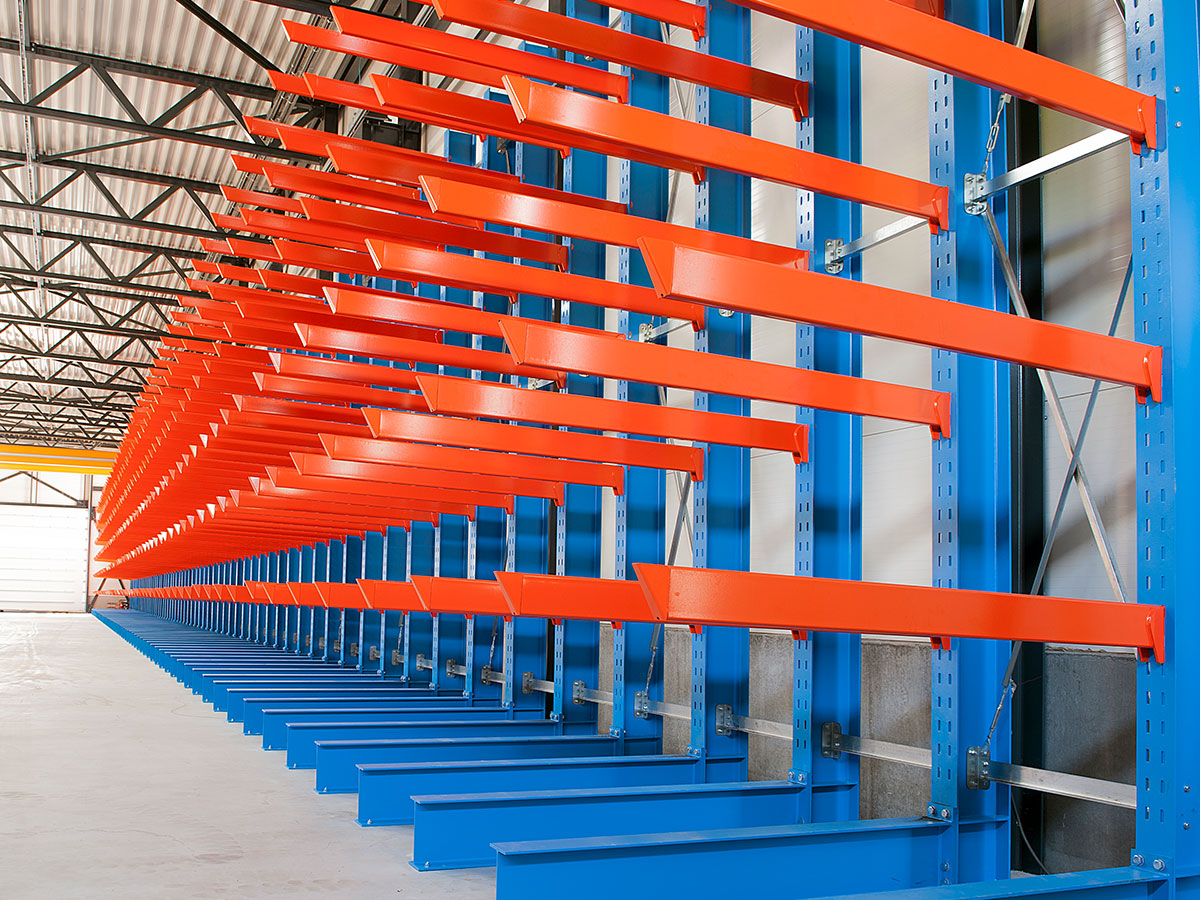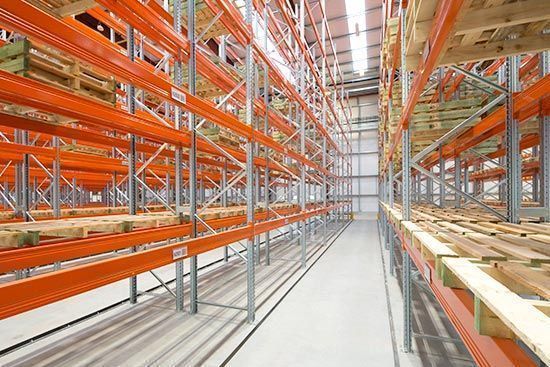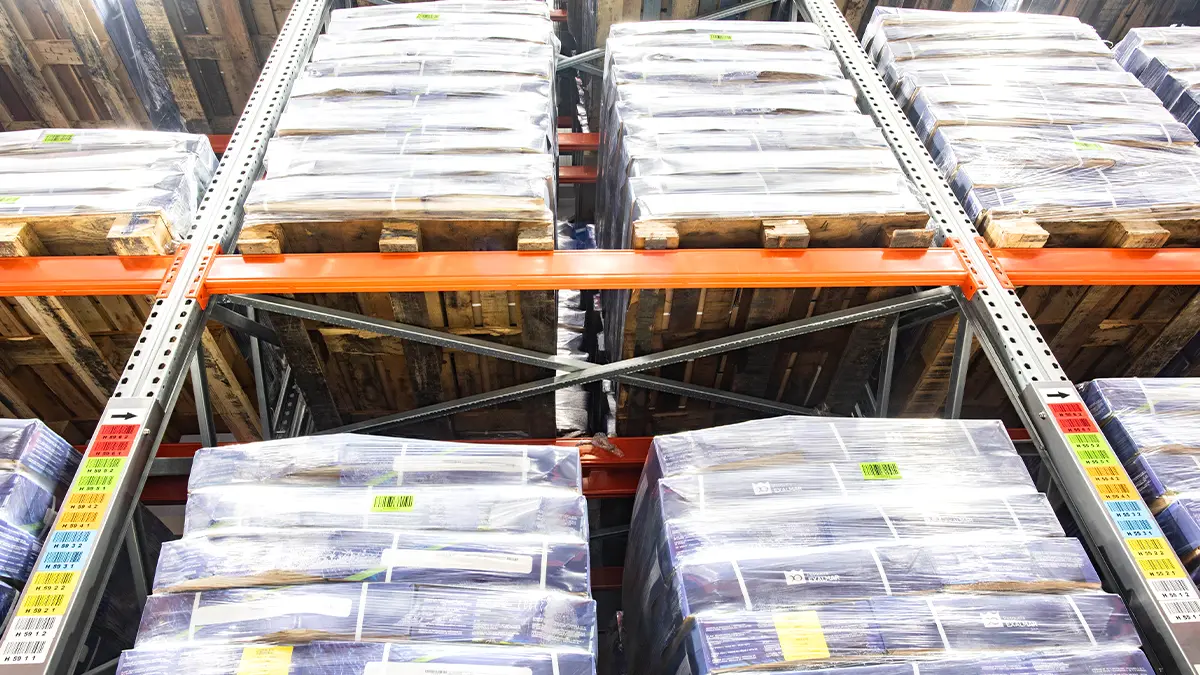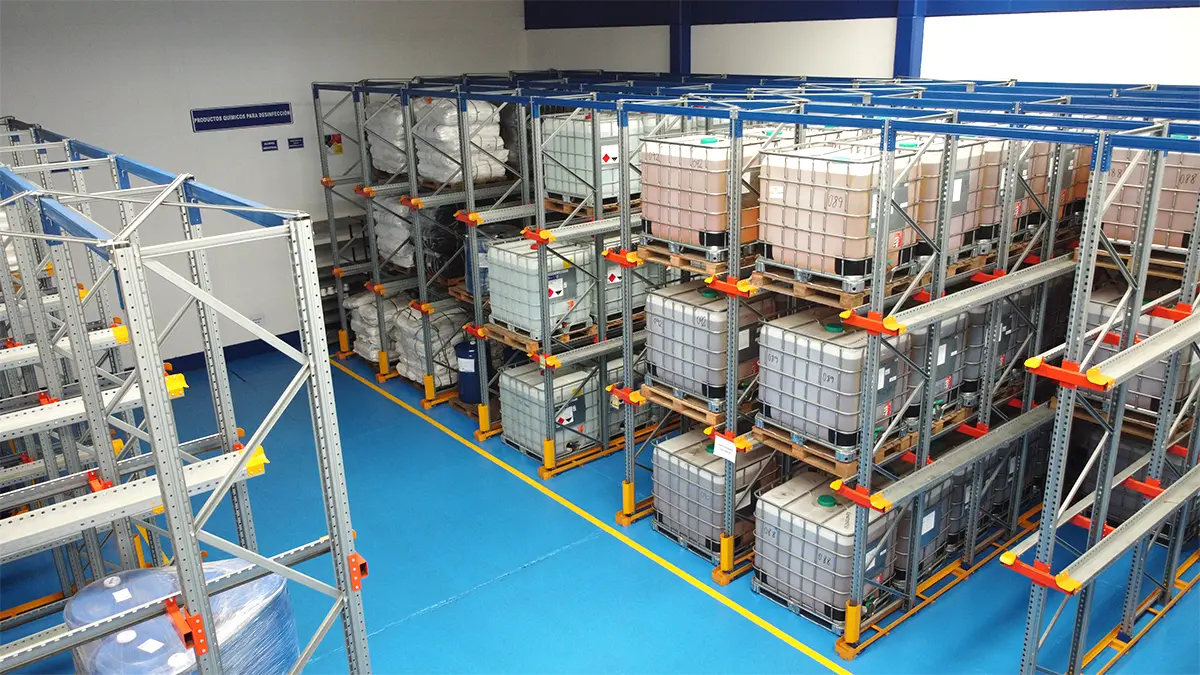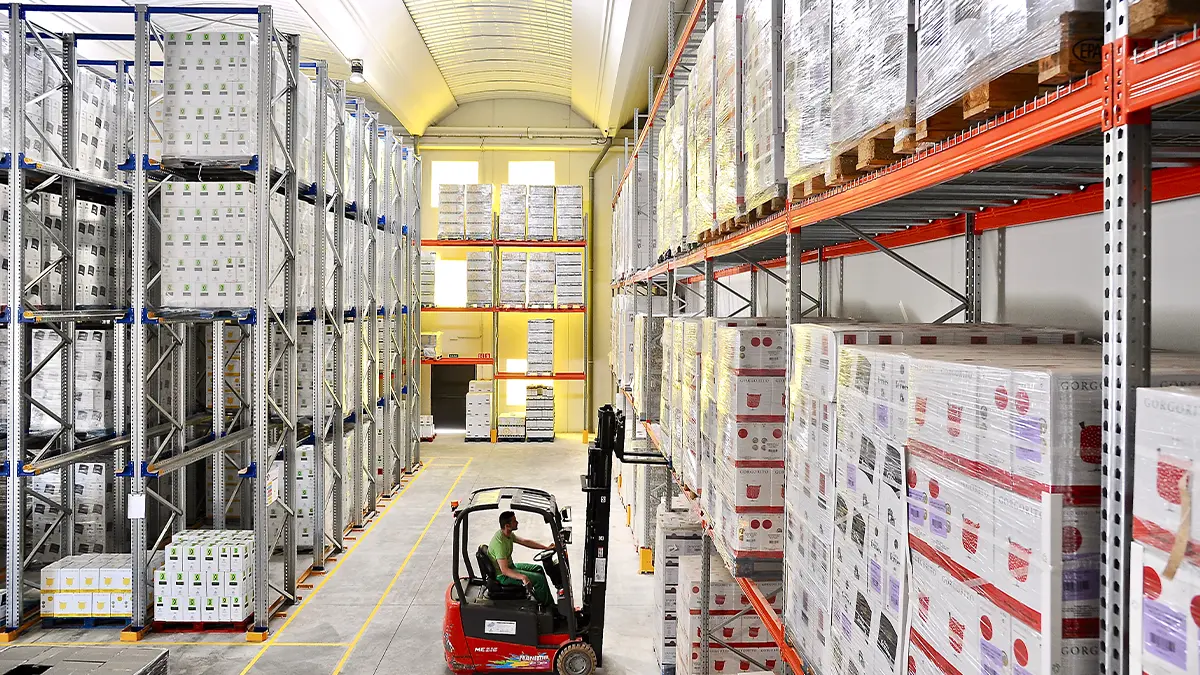Order preparation is one of the important activities of a warehouse, since the ultimate goal of logistics is to deliver the greatest number of orders in the shortest possible time and at the least cost.
What is order preparation?
Order preparation is the process of collecting, organising and packaging the specific products requested by the customer for subsequent shipment. The term picking is also used to refer to the preparation of orders.
This process includes the following stages:
- Receipt of the order: it begins when a customer request is received.
- Product location: warehouse operators must locate the requested products in the inventory. This may involve the use of warehouse management systems (WMS) that indicate the exact location of each item.
- Product collection: once products have been located, they are collected from the racking on which they are stored.
- Verification of accuracy: it is crucial to ensure that the products collected match those requested in the order. This is done by scanning bar codes or labels.
- Packaging: it is essential that the goods are packaged safely and efficiently so as not to suffer any damage or deterioration. The type of packaging may vary depending on product or customer requirements.
- Labelling: shipping labels and any other necessary documentation are attached to the package. This facilitates identification and tracking during transportation.
- Updating inventory: it is important to keep an accurate record of inventory, so stock levels must be updated after completing an order preparation.
- Shipping: the order is finally shipped to the customer according to the agreed terms.
Order preparation efficiency is essential to reduce delivery times, minimise errors and improve customer satisfaction.

Types of order picking or preparation
In the order preparation process, it is important to determine how the products reach the operators. Different order preparation criteria are used:
- Person-to-goods: pickers walk through the warehouse to where the goods they need are located to pick them.
- Goods-to-person: consists of the use of automated machines and technologies, which are responsible for bringing the goods to the picker.
- Cross docking: the goods are unloaded and received, and immediately loaded onto a means of transport for delivery to the end customer, with a very short handling time and without requiring a storage stage.
Racking-based order preparation methods
There are order preparation methods according to where the goods are located. Depending on said location, the operator can use different mechanisms to prepare orders in a more efficient way.
Order preparation methods at different levels:
- At floor level: the goods are on just one level at floor height.
- At low levels: the goods are at picker height.
- At medium levels: the goods are located at less than a height of four metres.
- At high levels: the racking is full of products, irrespective of its height.
Preparation methods according to their picking
Order preparation also varies according to the picking dynamics:
- Order to order: the picker looks for the goods in the warehouse and prepares them for shipment.
- Group picking: the picker picks all the goods and groups them in the picking area. He/she then packages them individually for shipment.
- Zone picking: orders are processed according to their location in the warehouse and various orders are prepared in groups at the same time.
Phases or stages in the order preparation process
Order preparation in a warehouse involves a series of crucial phases, the efficiency of which is decisive for operational success.
Receipt of the order
The customer's order is firstly received and processed, activating the logistics process. In this stage, order management systems, together with installed storage systems, play an essential role in ensuring the rapid capture and distribution of information.
Resource planning and allocation
The next stage is the planning and allocation of resources, where the installed storage systems, whether adjustable or automated, can optimise inventory management and task assignment.
Product picking
In the product picking phase, inventory location systems and automated picking systems allow precise and efficient selection of the required products, minimising errors and processing times.
Verification and quality control
Product verification and quality control are carried out rigorously, using scanning and recognition technologies to ensure the accuracy and integrity of orders.
Packaging and labelling
Furthermore, integrated packaging and labelling systems enable efficient preparation of products for transport, ensuring compliance with packaging and labelling requirements.
Preparation for shipping
In the shipping preparation phase, warehouse management systems (WMS) facilitate the coordination of the flow of products to the shipping area, optimising order consolidation and the preparation of the required documentation.
Overall, the integration of advanced storage systems with efficient logistics processes is essential to maximise productivity and customer satisfaction in order preparation in a warehouse.

Design of a warehouse for order preparation
It is important to have good distribution in a warehouse. The layout or design of the warehouse must be subject to the number of daily orders that are prepared, so we must consider the following:
- Picking zone: the characteristics of the order, the size, weight, location and position of the unit loads and the distance the pickers have to cover must be analysed.
- Racking: it is essential in a warehouse to use appropriate industrial racking for the goods to be stored for optimal product management.
- Packing: there must be a container that is used temporarily to store the picked products. It is essential to facilitate the handling and transportation of items.
- Picking aid devices: pick to light and put to light for example, are ideal for minimising errors, as they tell pickers where the goods are and the quantity to handle.
- WMS: implementing a warehouse management system is essential for effective order preparation, since it makes work easier by optimising picking routes for pickers, digitalising information management, etc.
The most common approach is to combine different storage systems and order preparation methods to optimise the process and the pickers’ work.
In short, for the order to reach the customer correctly, you must have good organisation in the warehouse. For this, it is vital to have appropriate storage systems for each type of goods. At AR Racking we can help you choose the most suitable industrial racking for your warehouse. Contact us and we will offer you a personalised service.






